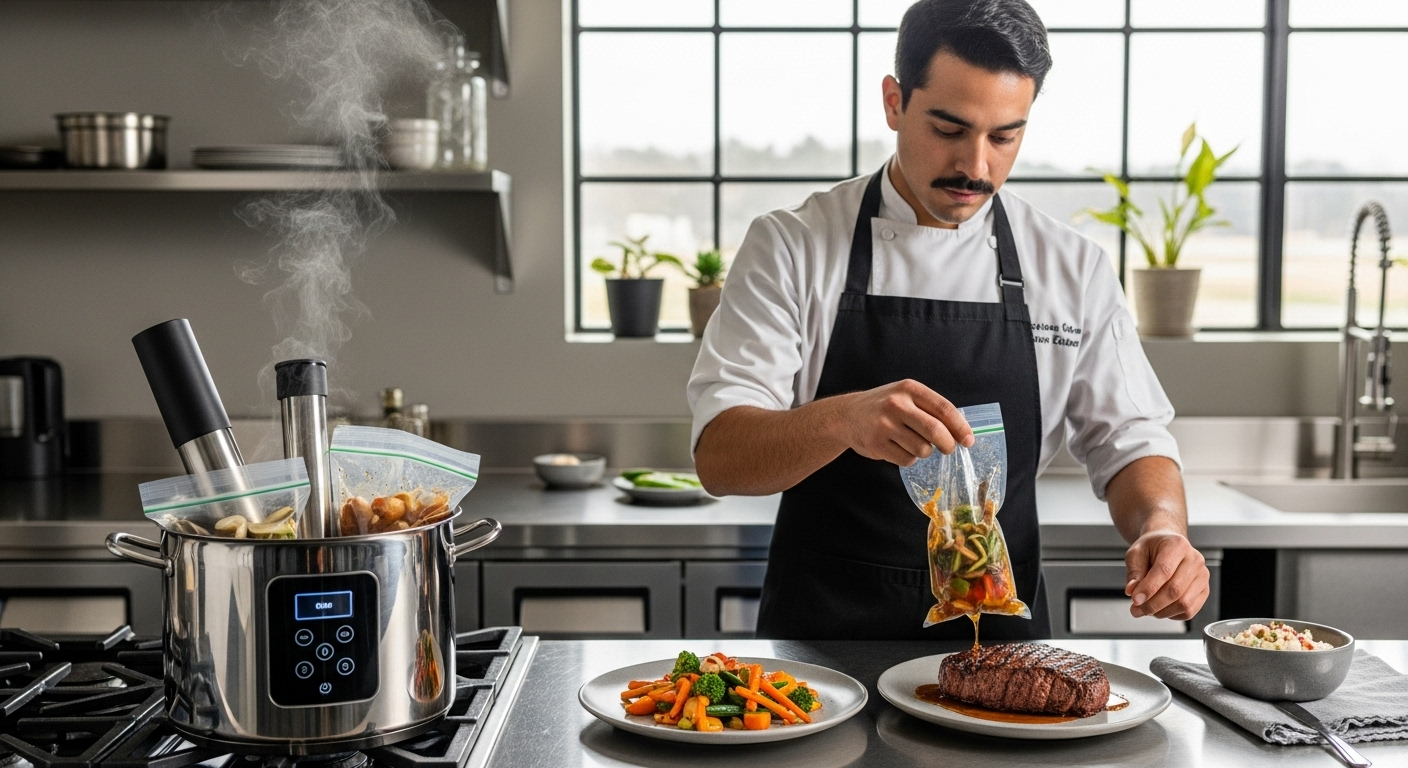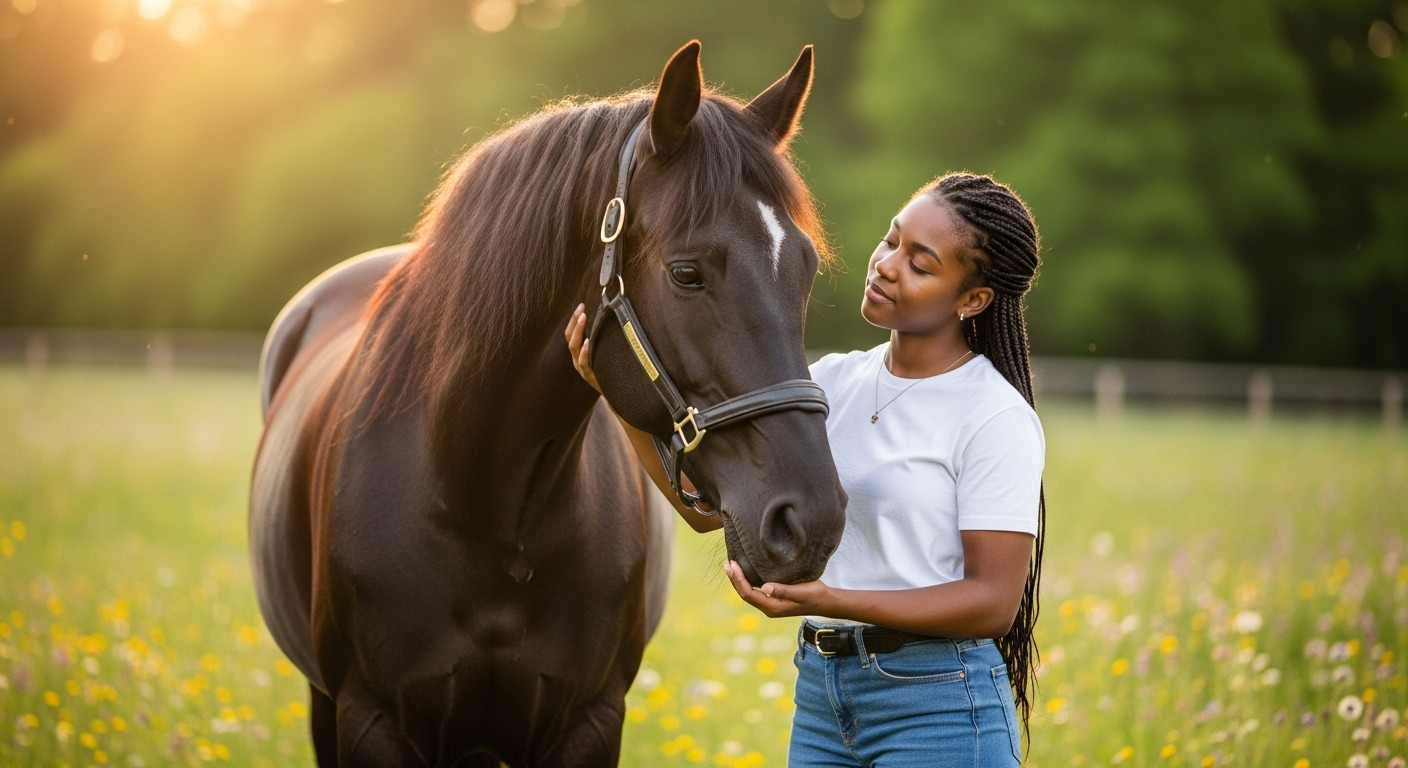An Ode to the Art of Sous Vide Cooking
Immerse yourself in the world of sous vide, a culinary technique that's been making waves in the food industry. This article will take you on a journey of this innovative cooking method that ensures perfect results every time. Sous vide, French for "under vacuum," is a method that involves sealing food in a plastic bag and cooking it in water at a precise temperature. This technique has been the secret weapon of many top chefs for years, but now it's making its way into home kitchens. Let's dive into this fascinating culinary trend.

A Brief History of Sous Vide
Sous vide cooking is not a new phenomenon. The method was first developed in the 1970s by French chef Georges Pralus for the Restaurant Troisgros in Roanne, France. He discovered that when foie gras was cooked in this manner, it kept its original appearance, did not lose excess fat, and had better texture. Today, this technique is used in kitchens around the world, from Michelin-starred restaurants to everyday home cooking.
Science Behind Sous Vide
The science behind sous vide is all about precise temperature control. Traditional cooking methods, such as grilling or roasting, expose food to high heat and fluctuating temperatures. With sous vide, you can control the exact temperature at which your food cooks, resulting in a perfectly cooked meal every time, whether it’s a steak, vegetables, or even eggs!
Equipment Needed for Sous Vide
Getting started with sous vide is easier than you might think. The main tool you need is an immersion circulator, which heats the water and circulates it around the pot to maintain a consistent temperature. You’ll also need a large pot or container to hold the water and your food, which should be sealed in a plastic bag.
Sous Vide in Action: Recipes to Try
Now that you understand the basics of sous vide, it’s time to put it into action! You could start with a classic sous vide steak, cooked to your exact desired doneness. Or try a creamy, custard-like egg cooked at 63 degrees celsius. Don’t forget about desserts! You can make a rich and creamy crème brûlée or a perfectly tender poached pear.
Sous Vide Tips and Facts
-
To seal your food without a vacuum sealer, use the water displacement method: seal all but one corner of the bag, slowly lower it into water (the pressure will force air out), and then seal the rest of the bag.
-
Sous vide cooking can be done with a wide range of temperatures, depending on what you’re cooking. Generally, temperatures range from 50°C (for eggs) to 85°C (for vegetables).
-
The key advantage of sous vide is its consistency. Since foods cook in a controlled, low-heat environment, they cook evenly from edge to edge.
In conclusion, sous vide is a culinary technique that offers unparalleled precision and consistency. Whether you’re a seasoned chef or a home cook, sous vide can take your culinary skills to new heights. It’s time to take the plunge and explore the art of sous vide cooking!






